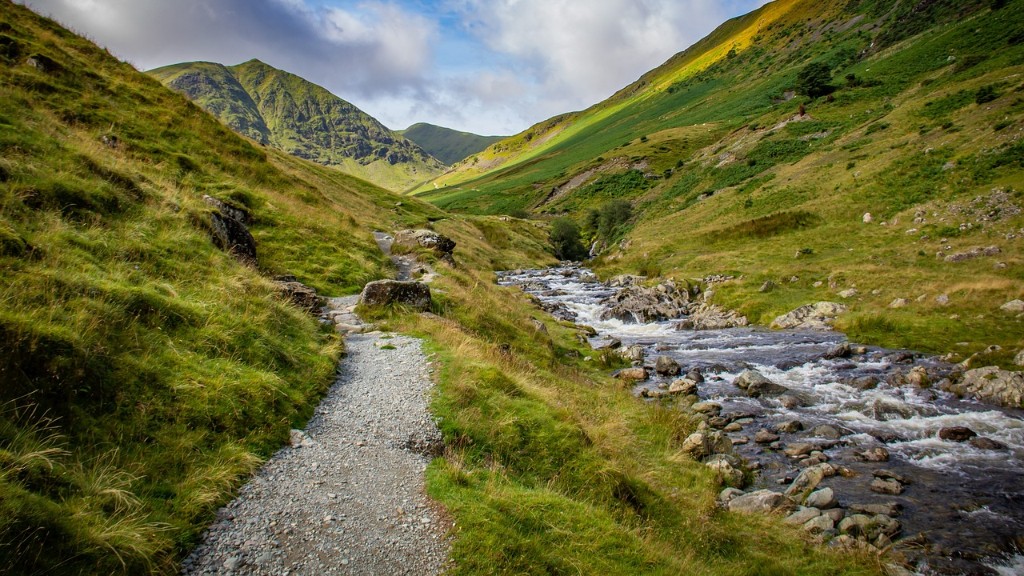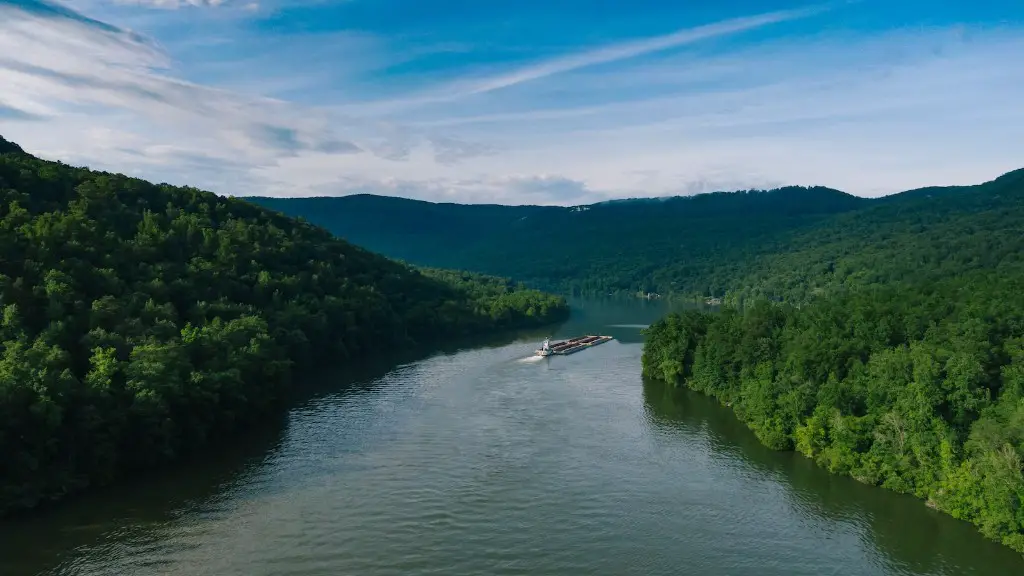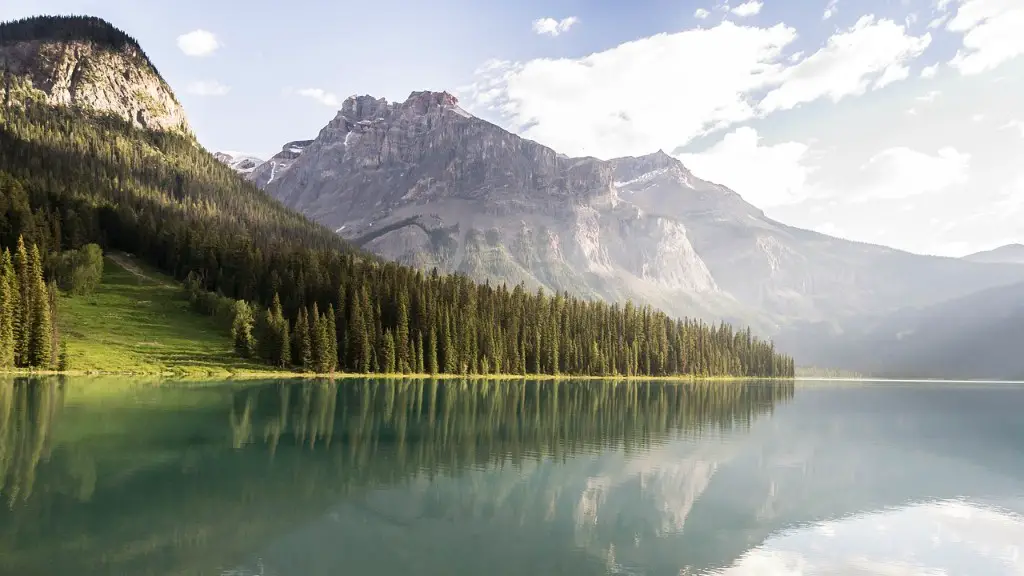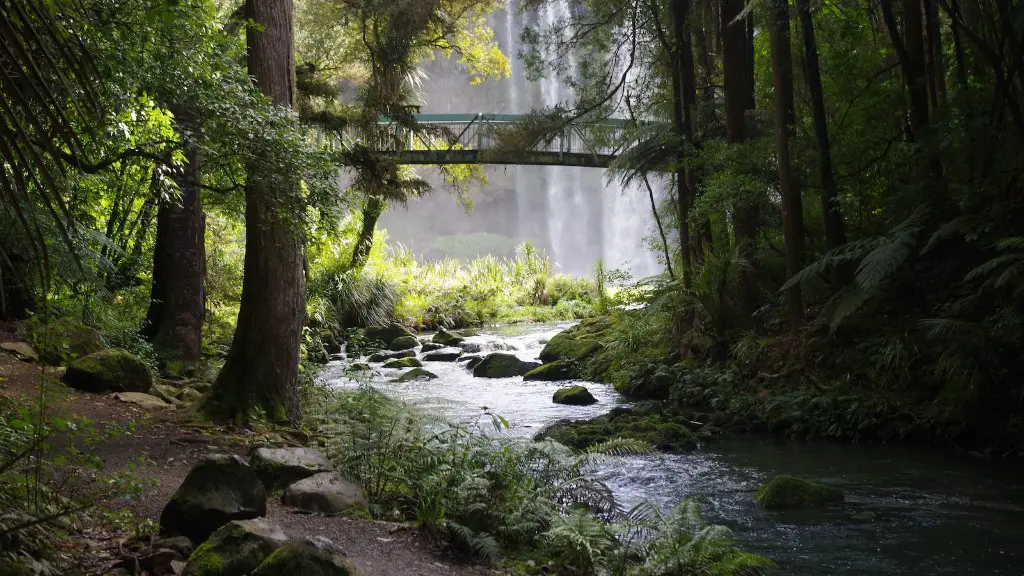The Nile River is one of the most legendary and longest rivers in the world. It has been part of the histories of many civilizations for thousands of years, and it has served as a lifeline for millions of people in many parts of the world. This article will discuss the long and storied history of the Nile River, explore its impact on the civilizations that have flourished along its banks, and consider whether it is indeed the longest river in the world.
History
The early history of the Nile is shrouded in mystery and speculation. It is believed to have originated somewhere in the highlands of Ethiopia, around the time of the biblical flood. Experts have discovered evidence of human settlement along its banks that dates back over 6,000 years ago. It is also believed that the ancient Egyptians were the first to determine the location of the source of the Nile and to develop a method of measuring its flow.
By 2300 BC, the Nile had become an important part of ancient Egyptian life. They used its waters to irrigate their lands, which allowed them to grow crops and flourish as a civilization. The Egyptians were so dependent on the Nile for their survival that their religion was centered around its waters. It was believed that the flooding of the river was a sign from the gods that would bring fertility and good fortune to the land.
In the years that followed, the Nile River came to serve as a crucial trade route for goods such as gold, ivory and slaves. It also served as a source of fresh water for drinking, bathing and irrigating crops. Additionally, it served as the primary source of food, as well as a source of materials for crafts and building.
Length
Many studies have been conducted to determine the exact length of the Nile River. In its entirety, the river is approximately 4,132 miles long. The upper reaches of the river run through several different countries in East Africa, including Ethiopia, South Sudan, Sudan, and Egypt. It ends in the Mediterranean Sea in northern Egypt.
The Nile is often considered to be the longest river in the world, although some experts argue that the Amazon River in South America is actually longer. Although the Amazon may be longer in terms of its total length, the Nile is considered to be the longest in terms of “flow length,” which is the actual length of the river from its source to its mouth.
Impact
The impact of the Nile River on the civilizations of the ancient world cannot be overstated. Its waters were crucial for providing water for drinking and irrigation, as well as a source of food and materials. Its cultural and economic impact led to the rise of some of the world’s earliest civilizations, including the Egyptians, Nubians and Ethiopians.
The river also played an important role in the development of writing, mathematics and technology, as well as the spread of religious and cultural beliefs. It also served as a crucial trade route, linking many of the civilizations along its course to one another. As such, it played a major role in the development and expansion of empires.
Even today, the Nile River is essential for the survival of the millions of people who depend on it for their food, water, and livelihoods. The river is also home to a variety of wildlife, and its lush banks provide a unique habitat for birds, reptiles and other animals.
Analysis
The Nile River has been an essential part of human life for thousands of years. Its impact on the civilizations that found their home along its banks is undeniable, and it continues to provide vital sustenance for millions of people in the present day. Although some experts may debate its length, there is no doubt that the Nile River is one of the longest and most iconic rivers in the world.
Environmental Challenges
The Nile is facing a number of environmental challenges that threaten its future sustainability. The main threats include pollution, illegal fishing techniques, and a lack of adequate water management. Pollution has been a serious problem for years and has caused the water to become unsafe for drinking and irrigation purposes.
Illegal fishing techniques are also a major problem and have caused depletion of fish numbers and disruption of habitats. The lack of adequate water management has further exacerbated these problems. To counter these issues, a number of organizations, such as the Nile Basin Initiative, are working to promote the sustainable use of the river’s resources and protect its ecology.
Economic Benefits
The Nile River also serves as a major source of economic benefits for the many countries that it passes through. It provides electric power, irrigation water, and access to transportation, which are all factors that contribute greatly to the economic health of the region. In addition, the river is home to a number of industries such as oil and gas, fishing, and tourism.
The river is also an important trade route, with goods and services such as gold and ivory being transported along its banks. In fact, it has been said that the Nile River is “the lifeblood of Egypt.” Its waters provide a source of livelihood for millions of people in the region and contribute significantly to the regional economy.
Conclusion
The Nile River is one of the oldest and longest rivers in the world, with an intertwined history and impact that dates back thousands of years. It continues to serve as a lifeline for millions of people, providing sustenance, livelihoods, and enabling the growth of civilizations. Despite facing environmental challenges and economic benefits, the Nile is a river that is steeped in mystery and continues to flow through the pages of history.



